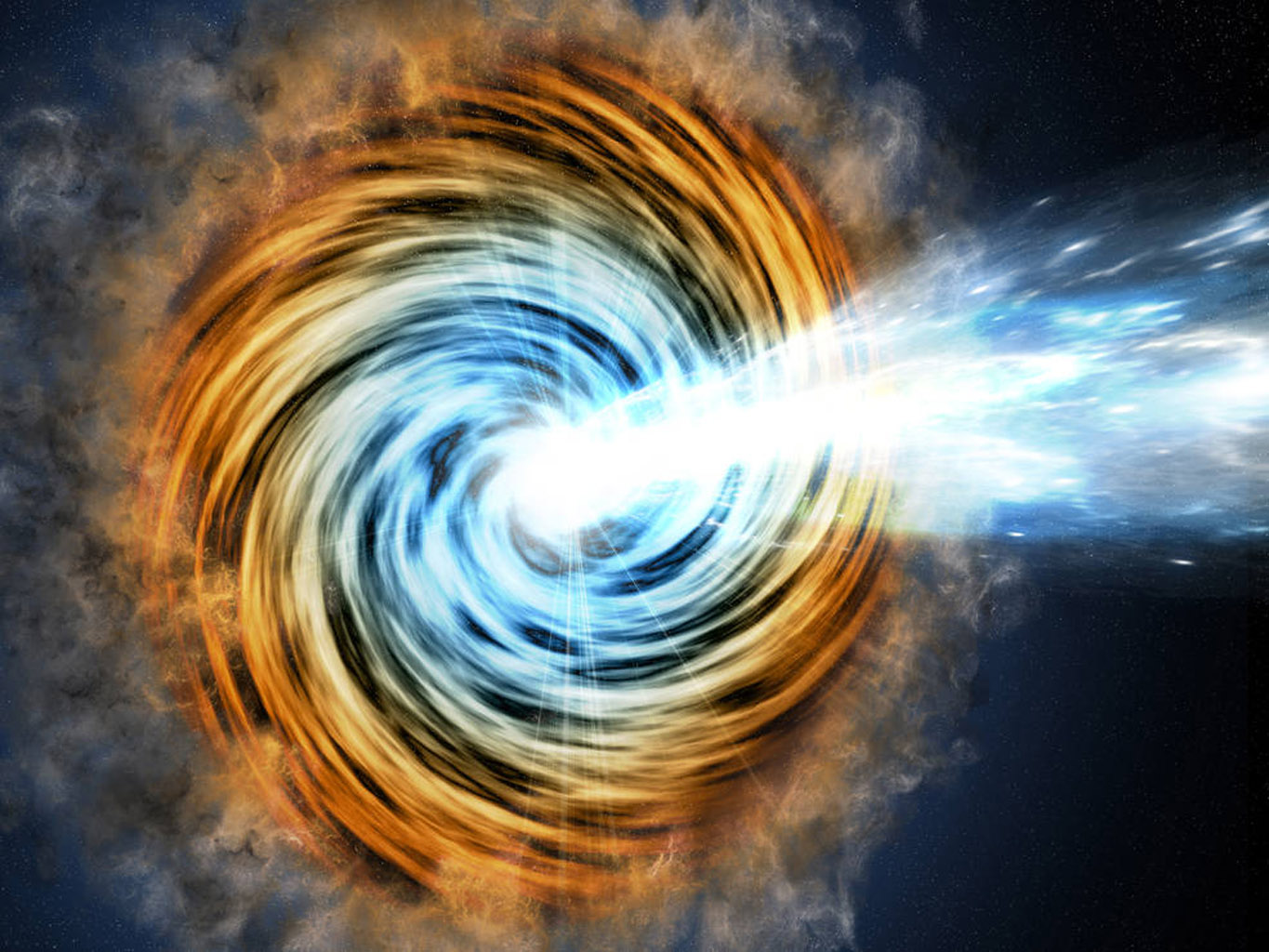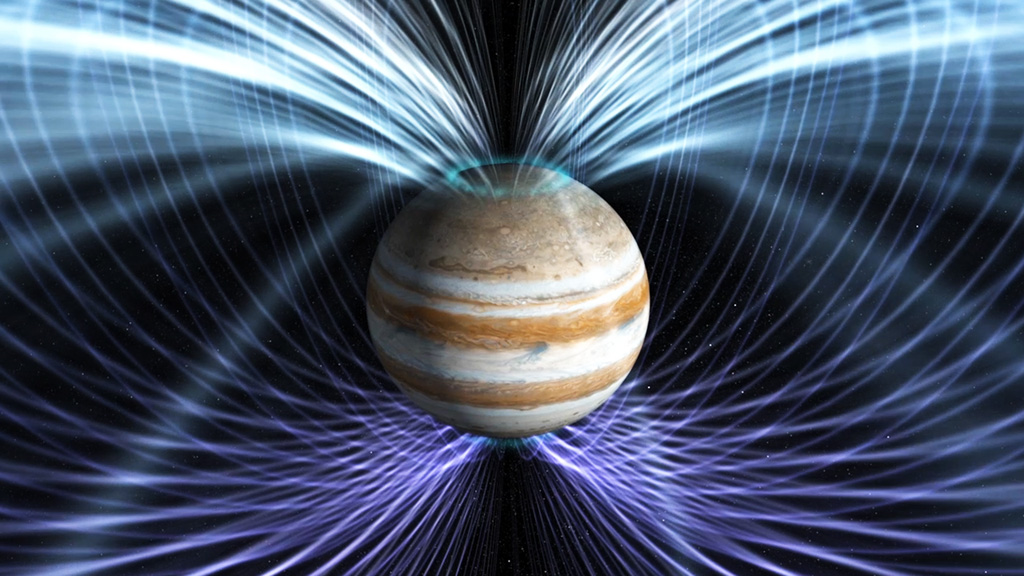Neutrinos are amazing particles. They interact so weakly with more familiar matter that it took decades to decide a neutrino had any mass at all. Aim a beam of neutrinos at a light-year thickness of lead, and half the neutrinos will emerge out the far side.
Our neighborhood neutrino factory -- aka, the Sun -- spits out a torrent of these particles. "Theoretical calculations say that about 65 billion neutrinos pass through every square centimeter region of the Earth's surface every second." (*) So how amazing is it that one neutrino recently made big news?
(*) "Nobel neutrinos"
 |
| Blazar saddles? |
This correlation marks the first step toward a third type of observation in the nascent science of multi-modal astronomy. That is, in addition to traditional observations (using, from longest to shortest wavelengths: radio waves, microwaves, infrared, visible light, ultraviolet, X-ray, and/or gamma-ray electromagnetic radiation) and -- for a very few years now -- gravitational-wave observations, we can now foresee combining neutrino observations. In a word: awesome.
For more on this particularly fascinating neutrino detection, see "Why a 4-Billion-Year-Old Particle That Hit Antarctica Is Such a Big Deal."
Much closer to home -- a mere twenty light-years distant -- astronomers have discovered a unique planetary mass object. (This body is not a planet, notwithstanding the article headline I'll cite below. To be a planet, an object must -- among other things -- orbit a star(s.))
 |
| A magnetic field at work |
For more about this find, see "Astronomers discover a free-range planet with incredible magnetism."
In a final bit as stargazing news, and the closest to home, the hunt for a Planet X (a massive body hypothesized to explain an odd clustering of some Kuiper Belt Objects) has instead discovered "... 12 more moons of Jupiter, including an oddity." That brings the known number of Jovian moons to 79.
The oddity, you ask? One of the newly discovered, tiny moons has a prograde orbit (revolves in generally the same direction as the planet's spin) but at a distance from Jupiter at which most moons have retrograde orbits (revolve opposite the direction of planetary spin).
And is your head spinning? Then (for a week or so, anyway) my work here is done :-)

































No comments:
Post a Comment